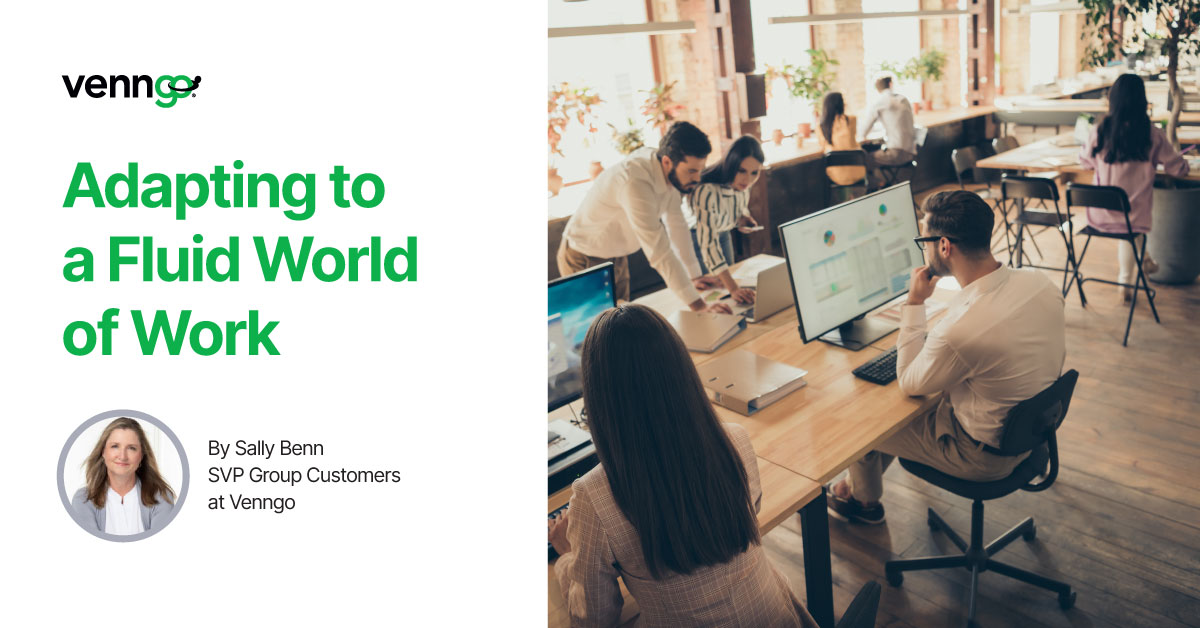
The future of work will no longer be defined by fixed job titles or linear career paths. Roles are being reshaped around skills, projects, and capabilities, while AI is stepping in as a new kind of co-worker.
This shift challenges organizations to rethink not just how work gets done, but how people are compensated. Traditional pay structures are not designed to respond to the fluidity of today’s workforce, and if we’re serious about attracting and retaining top talent, compensation models must evolve to reflect this new reality.
The Changing Shape of Work
The concept of “work as a container” is breaking down. Instead of static roles with narrowly defined responsibilities, we’re seeing the deconstruction of roles and the rise of skill-based and project-driven work assignments. Employees are increasingly valued for their own individual competencies and capabilities, rather than the permanence of a job.
In practice, this means the unbundling of jobs into discrete tasks aligned with expertise. Organizations that embrace this shift will be better positioned to deploy talent dynamically and stay responsive to change.
AI as a Catalyst for Change
AI is not only a powerful tool; it is becoming a true co-worker. By automating repetitive tasks, AI frees people to focus on creative, relational, and strategic work that requires uniquely human judgment.
At the same time, AI raises important questions for HR leaders:
How do we recognize and reward human contribution in an environment where machines carry out so much of the operational load?
Compensation models must evolve to value adaptability, innovation, creativity and interpersonal skills as core components of performance.
Rethinking Total Rewards
Compensation must adapt to a workforce that increasingly includes gig workers, short-term project contributors, and polyworkers balancing multiple roles. A contributor who delivers significant value over three months should be compensated differently from someone embedded in a team for three years - yet both need to feel fairly recognized and rewarded.
This requires balancing flexibility with equity. Total Rewards models must go beyond salary to include adaptable, meaningful elements that resonate across diverse worker segments.
Practical Enablers for Organizations
Forward-thinking organizations will need enablers that support evolving compensation models. Clear communication is essential to explain how rewards are structured and why they matter. At the same time, perks and adaptable rewards offer cost-effective levers for recognizing contributions across non-traditional work structures.
Programs like Venngo WorkPerks demonstrate how organizations can scale appreciation across all worker segments including those who are typically not eligible for traditional benefits programs. They add value where traditional benefits may not apply, from supporting commuting and return-to-office needs to offering flexible gift cards and wellness perks that adapt to individual needs, preferences and lifestyles.
Conclusion
The future of Total Rewards isn’t static - it is evolving alongside the very definition of work itself. HR leaders who adapt their models to account for skills, projects, and flexibility will be the ones who stay competitive in attracting and retaining talent. Total rewards must reflect a workforce that is fluid, agile, and shaped by both human creativity and AI collaboration.